Affiliate links on Android Authority may earn us a commission. Learn more.
Questions I'd like answered before I hype Google Stadia
Published onApril 12, 2019
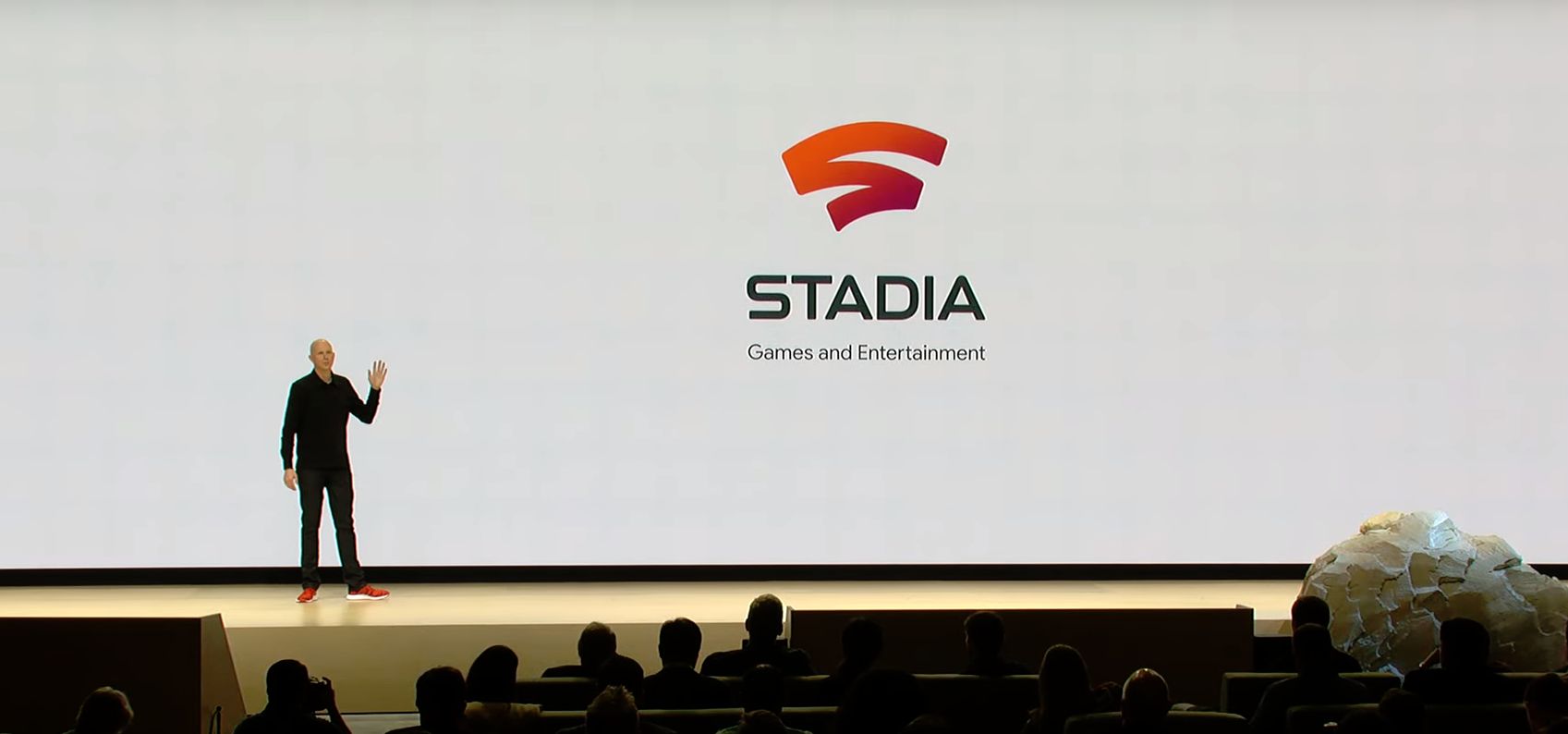
Now, I’m not writing this piece from a place of animosity and I’m not trying to convince anyone off of the hype train. However, we’ve been through this before. After all, if anyone could get cloud gaming right, it was NVIDIA, right? Or maybe Microsoft with its xCloud. Gamers have been waiting for years for companies to get cloud gaming right. Could Stadia be the one? I don’t know, but there is some information I want to know before I hop on the hype train myself.
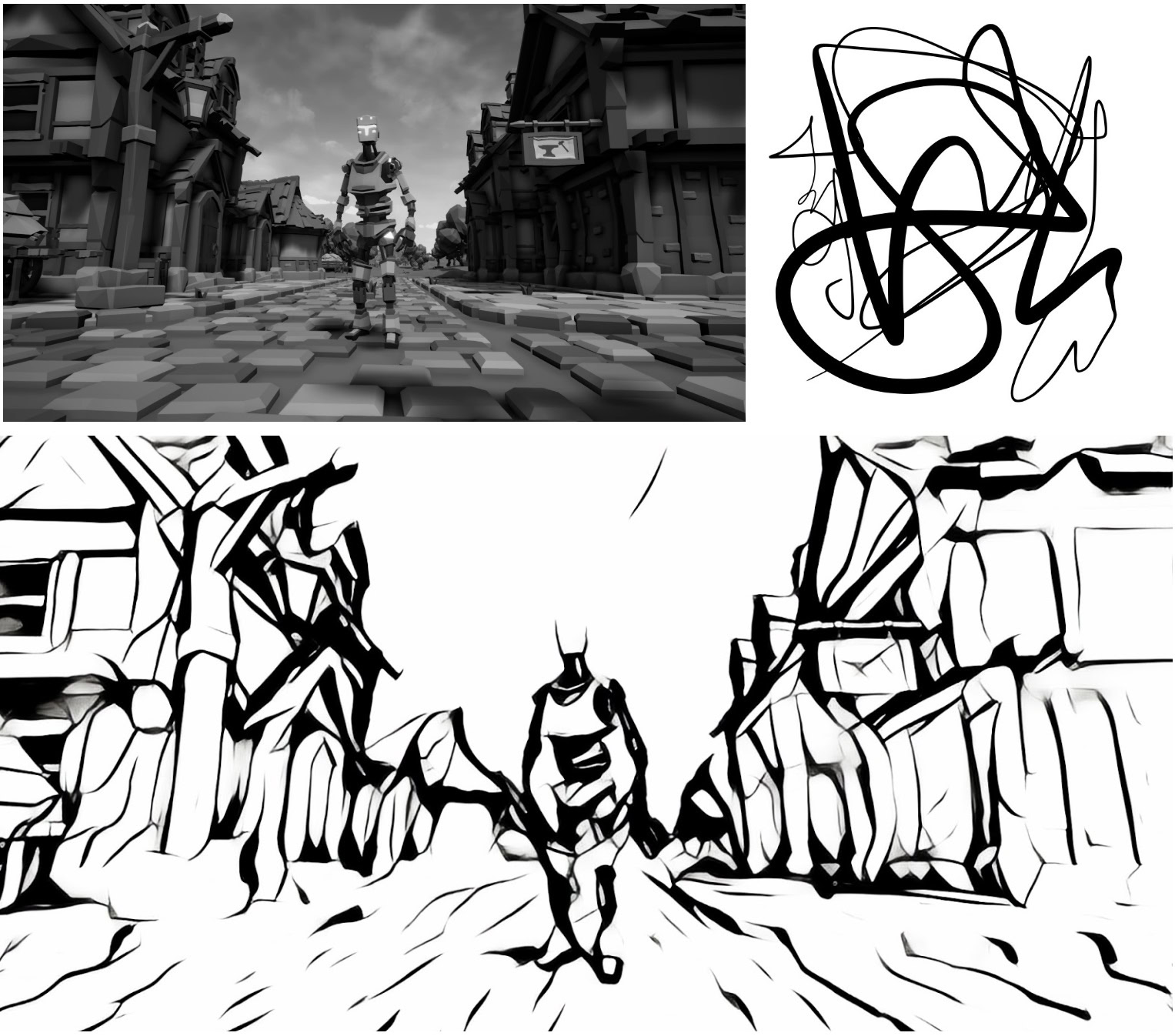
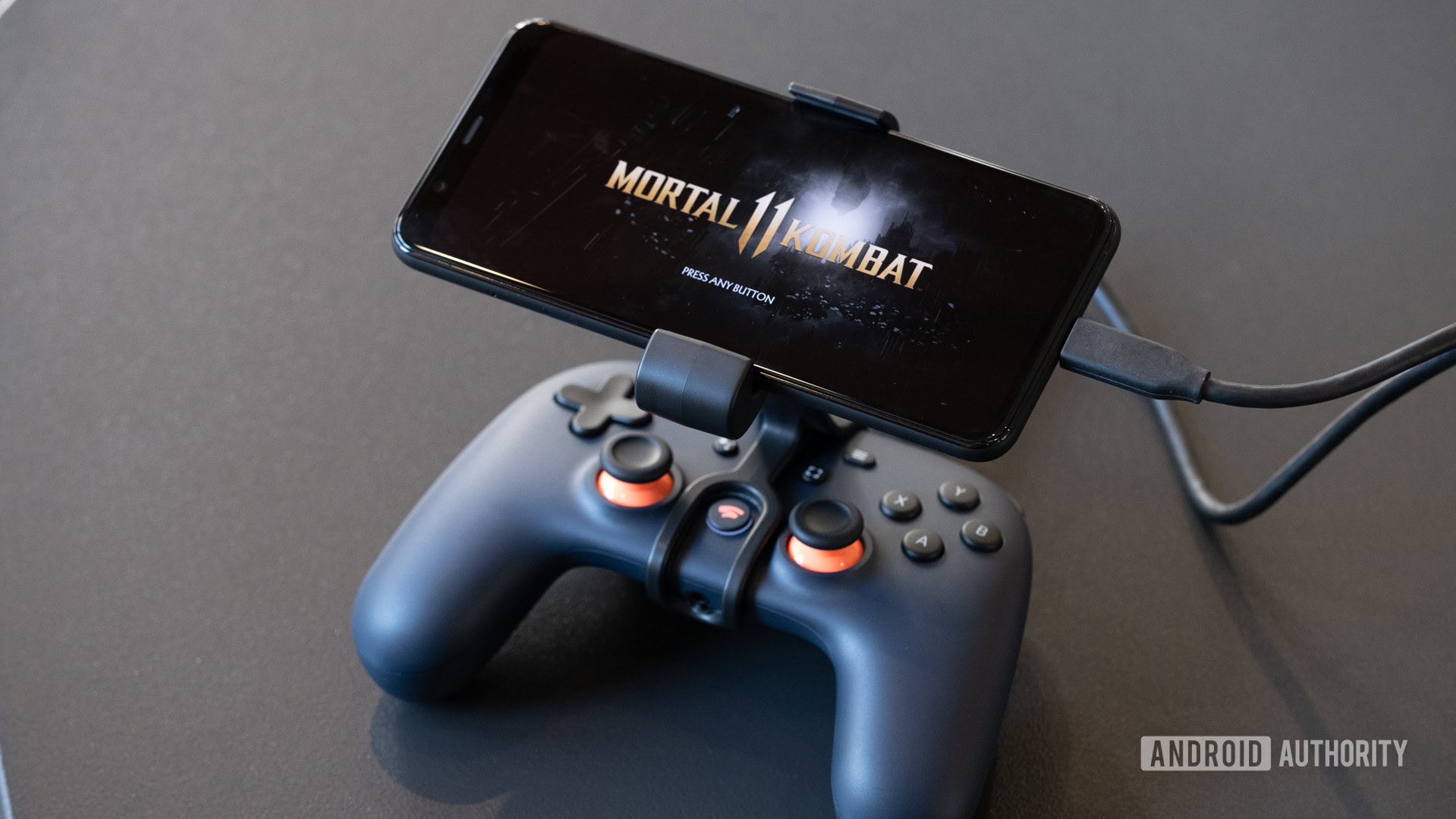
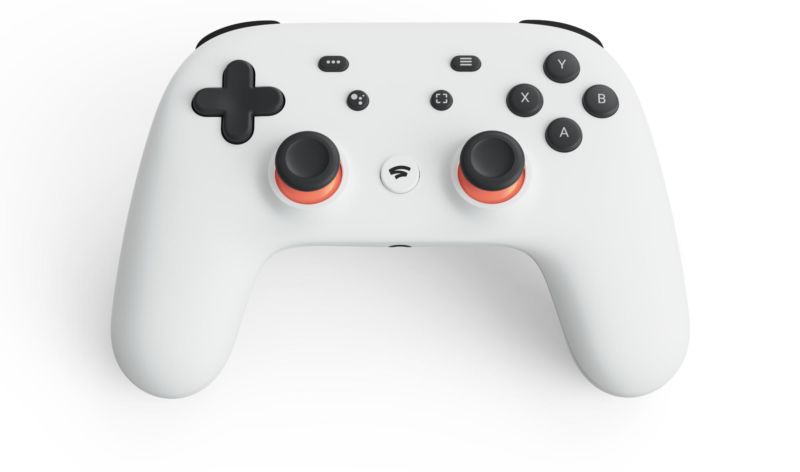
Latency and Input Response Time
My biggest concern for Google Stadia is both latency and input response times. Input response time (or input lag) is fairly straightforward. It measures the time it takes from when you press a button on your controller to when that action takes place on your screen. Most game console controllers have an input response time of less than 15ms. Most current generation consoles have controllers that shaved that down to an incredible 10ms or less. Of course, game consoles and controllers usually reside in the same room, often within 10-20ft of each other. Sometimes they are even wired straight to the device playing the game.
Cloud gaming has a significant hurdle to pass here with input response times. Your controller has to send the input to the Google data servers to register a command. It then must travel back and show that command on screen. This is an outstandingly difficult task and one that needs nearly flawless execution. Nobody wants to play games like their TV isn’t on game mode.
Input lag can really suck and it's ruined many previous attempts at game streaming.
Latency, however, is another issue. I’ve played online video games for basically half of my life at this point. You can have a wired Google Fiber gigabit with a 1ms ping, but the scrub you’re playing with (or against) may be in their basement with a potato router from 2006 hooked up in the attic for some reason and a ping of over 200ms. Google can’t do anything about that, obviously, but cloud gaming means everything is online. That includes single player games. Home networking problems are going to be infinitely more noticeable and those problems can be expensive to fix.
I’ve seen some promising results and options from Parsec so good cloud gaming performance is definitely possible. We’ve also had a positive early experience with Google’s tech. Last year our own Sam Moore had the opportunity to try Assasin’s Creed Odyssey via Project Stream for a brief period (around an hour). Despite running through a VPN in Canada, Sam said the experience was surprisingly smooth. Plus, our team on the ground at GDC 2019 saw some fairly impressive demos at Google’s booth. However, we all know demos take place in better than average conditions. Even Sam’s experience with Project Stream gives us a limited view of Stadia’s commercial reality, since the service had a limited number of beta users on it.
That said, Google has better infrastructure than basically any other company. If any company can hit it out of the park, Google can. I’ve just seen major companies fail at this before, so I want to see it first this time before I get my hopes up.
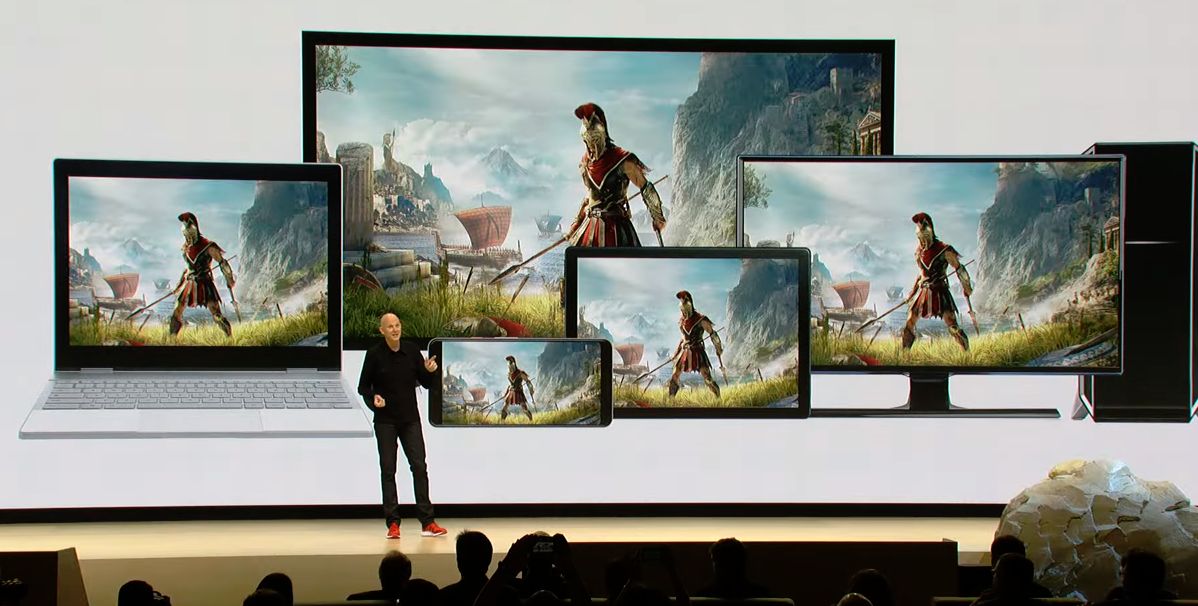
Content
We had a discussion among the team during the GDC keynote for Stadia about whether or not Google would have a lot of content for Stadia upon launch. Google is boasting cross-platform support and a bunch of excellent development technologies. However, Stadia runs on Linux, a platform not generally known for its gaming selection.
Stadia needs popular games from 2019. Doom and the Konami code nostalgia can only go so far.
Google’s big name drop for content was Marty Stratton from id Software. That’s not a small name drop. After all, that’s the studio that does Doom and Wolfenstein. However, id Software is like Nolan Ryan, a pure legend and among the best ever. However, with Hollywood abusing remakes like crazy and a veritable army of “made for mobile” remakes of classic old games like Tamagotchi and Langrisser, announcing a new Doom game on a brand new technology makes the whole nostalgia thing feel a little long in the tooth to me. Thankfully, id Software is much more involved than just a new Doom game. Don’t get me wrong, I’m not disappointed by a new Doom game. I’m just not overly excited by it.
It’s kind of hard to jump on the hype train for classic, but old gaming franchises that are already available everywhere. Much like the console wars, Stadia needs to support the millions of people playing Fortnite and Apex Legends literally right now and maybe add a couple of competitive exclusive titles. I bought a PlayStation 4 for Persona 5 and NieR Automata. I’m not popping down $10-$20 per month for Assassin’s Creed and Doom.
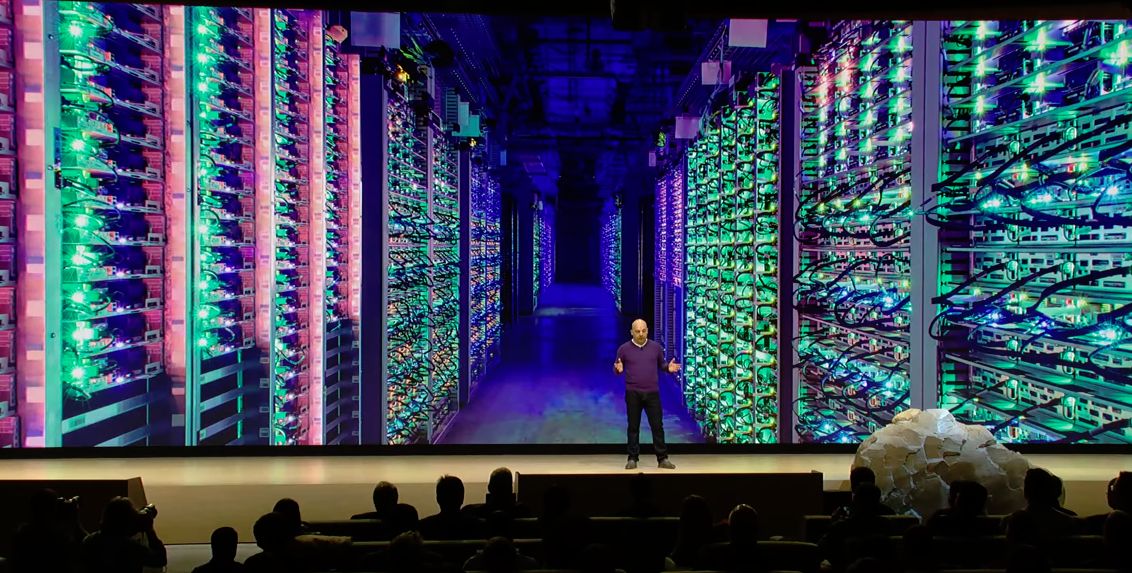
Data
Stadia is a streaming service and that means tons and tons of data usage. When you factor in things like 4k, HDR, and 60FPS streaming, that’s putting a serious dent into your monthly data use. This isn’t a problem everywhere, obviously. However, in the U.S., most ISPs have a hard limit on data. That includes two of the top three largest providers with Comcast and AT&T.
If any entity is excited for the idea of you spending a good three hours streaming super high-resolution content, it’s the ISPs with data caps and overage charges. Ten episodes of Jessica Jones in 4k on Netflix clocks in at 50GB all on its own. Households already rely more and more on media streaming over traditional television. Adding intense game streaming may be too much. One 4k episode of Jessica Jones (on average) can eat up an entire Verizon data plan in less than an hour.
Stadia is going to require vastly more data and vastly more stable data than current gaming consoles and PCs.
Now, this isn’t anything that Google can fix. However, I would love to see bitrate numbers, data usage numbers, and other such things so I know whether or not I can recommend this to my friend with AT&T and its 500GB data cap. Standard PC or console gaming uses virtually no data by comparison and require vastly lower data speeds to run online multiplayer games. Some ISPs don’t even have recommended speeds for games and routinely recommend improving ping rather than speed. The reason is because most ISPs don’t even offer Internet plans with slow enough speeds to negatively affect console or PC gaming anymore. That changes with Stadia because 4k streaming is no walk in the park.
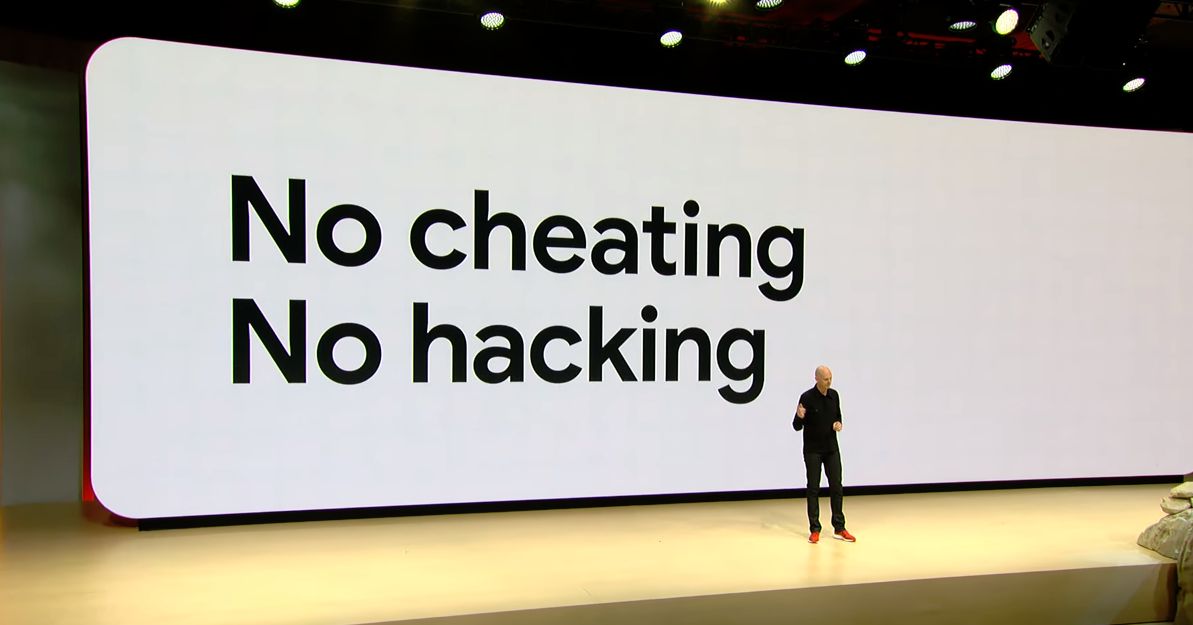
Audience and Price
Google Stadia has an interesting idea of being for casual games and enthusiast gamers alike. That’s one hell of a tight rope to walk. Playing video games in 4k HDR at 60FPS is almost exclusively an enthusiast gamer perk. For casual gamers, the problem is barrier to entry. Stadia wants to close this gap and make 4k HDR gaming at 60FPS available to everyone. The assertion is that consoles and console services simply cost too much for casual gamers.
Whether or not it’s successful is going to very much come down to prices and marketing. Currently, we know that Stadia runs on a Linux platform, is getting a Doom title, and the website uses the Konami code, the world’s most popular cheat code to gamers over the age of 30. If they’re appealing to casual gamers, that previous sentence is not a great start. Between that and the 4k, HDR, 60FPS streaming, Stadia is looking more and more like a product for enthusiast gamers and not even the younger ones. The availability on phone, tablet, TV, and computer is Stadia’s biggest selling point for casuals right now. The rest of it just isn’t that exciting unless you apply to specific demographics, like YouTube game streamers.
Being usable on tons of devices is very enticing, but most of the other features cater to very specific demographics.
As for pricing, it’s obviously too early to tell because we don’t know how much this thing will cost. Keep in mind that the five-year ownership cost of an Xbox One X is $900, or about $15 per month. That covers yearly subscriptions to Xbox Live ($300 over five years) along with access to tons of AAA titles via the Xbox Game Pass ($600 over five years). That’s online functionality, offline gaming for up to 30 days at a time for Game Pass games, game sharing between two Xbox Ones, 4k HDR gaming, 4k HDR streaming, and full access to a UHD Blu-Ray player.
Stadia has to find a way to get under that by such a large margin that it’s worth it to people who don’t usually care about games. Today’s 4k HDR ready game consoles cost almost $100 less than a OnePlus 6T, the budget king of phones.
When you look at the content this needs to generate the kind of hype that penetrates the non-traditional gamer demographic, the latency it needs to be enjoyable to both casuals and enthusiasts, the prices it needs to make game consoles look like luxury items, and data needed to push those pixels — I believe the Stadia has a much larger hill to climb than many realize.
It’s an amazing idea and, if it works, it could very well be the next huge leap in gaming. However, the same was said about OnLive, NVIDIA’s GeForce Now, and all of the others. It’ll be exciting to see what Stadia brings to the table that those other services simply couldn’t. I certainly hope it’s something, because I’ve been hyped for cloud gaming for over a decade and I’ve been let down many times before. Let’s see what you’ve got, Google.